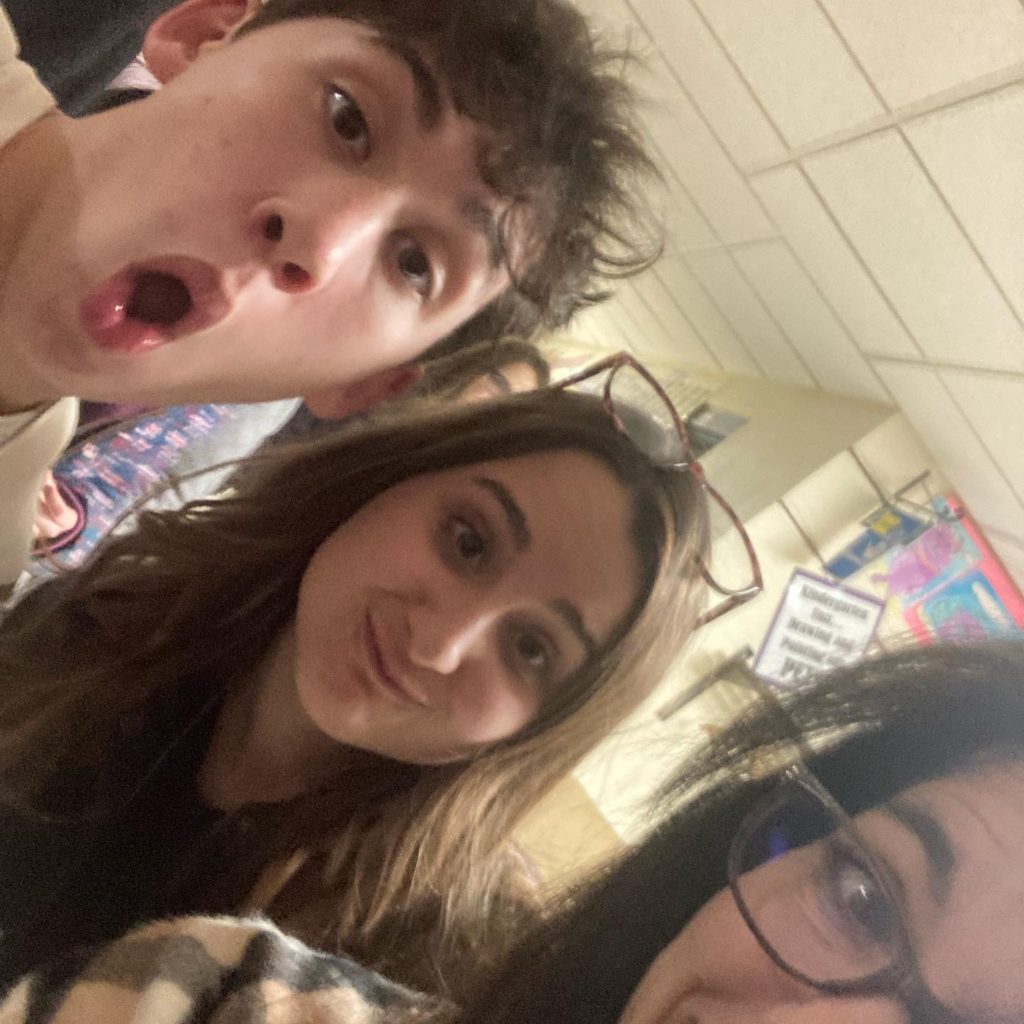
It’s April. The birds are singing, regionals are HERE, just around the corner, or you are at your “last chance to break” speech and debate tournament for the rest of the season. Ah- yes, it’s that special time of the year when people start thinking to themselves, “can I really keep giving this speech for the next three months without going insane?” You know what that means—it’s the perfect time for mid-season revisions! But this season, while you’re tweaking your conclusion or working on that one exampleyou just don’t like, I challenge you to spend a little bit of time thinking about style…
What is style? A favorite author of mine, who also happens to be a creative writing professor, talks about style as the “frame” around the picture of your story. It’s the glass pane in a window that can color the whole way you see a landscape. Style sets the tone of your piece. It’s all about how you present yourself to the judges, rather than the points you make. In debate terms, it’s what gives you your ethos.
Sadly, when you present a platform speech the judges won’t get to see how polite you were towards your opponents in cross-examination, so the hard work of building rapport with your audience has to happen through your tone and your body language. The easiest way to build ethos with your tone is by cultivating a more open, conversational speaking style.
If you want hard and fast proof that conversational is better, take a look at some of the most popular TED talks of all time. I recommend “Inside the mind of a master procrastinator” by Tim Urban and “5 Ways to listen better” by Julian Treasure. Now, if you take the fact that they have extremely popular speeches on one of the most popular speech platforms ever as a measure of success, then these guys are both really good public speakers. But they sound very different. Yes, I know Julian Treasure is British. That’s not what I mean.
He is the epitome of a polished public speaker. It’s clear that this is a man who knows how to present himself and has probably taken lessons to boot. What about Tim Urban? He can’t stand still and he’s practically allergic to eye contact, and yet the video of his speech from TED’s official account has over 47 million views. Obviously people are listening, so what do they both have in common? Despite Julian Treasure’s formality and Tim Urban’s fidgeting, they both sound natural. Both of these men give speeches the same way that you might imagine them speaking in every day life, when you take into account their different personalities and level of speech training. So how do you revise with an eye to style when it clearly comes in so many different forms? Here’s a simple exercise to help you pinpoint the places in your speech which could benefit from a style makeover.
Sit down with a parent of a friend and just tell them about your topic. Do not give your speech! As you talk, pay attention to the way that you speak. Don’t try to change anything, just notice what you sound like. Chances are good that when you return to your script, you will notice that it doesn’t sound exactly like the “you” from your conversation.
There are a few reasons for this difference. The first is that when you recite a speech you aren’t using any filler words. This is good! You sound far more polished and authoritative without the like’s and um’s of everyday speech. But the second reason that these two versions of you don’t sound the same is that most people write their speeches like they write essays. This makes perfect sense from a structural point of view, but because a speech is meant to be spoken and not read, sometimes you end up with a final product that sounds a little too pristine to be “real”. This creates distance between you and your audience, because they can tell this isn’t how you normally sound, and that means it doesn’t sound like you’re speaking directly to them.
It’s important to note here that some people naturally have a more formal speaking style than others, but by making a conscious effort to find those places in your script where you sound a little too scripted, you can strike a better, more intentional balance between professional and cookie-cutter perfect.
Look for unnecessarily complicated words that you wouldn’t use if you having a regular conversation, andwatch out for stock essay phrases or debate-isms like the infamous “moving on to my next point…” When you find these words or phrases, decide whether they serve an important purpose and should stay, or whether they would be more at home in an English paper. Remember that sometimes, people don’t speak in complete sentences, and the most important thing is that your speech sounds right when you give it, not that it could pass an MLA grammar check.
The bottom line is that you shouldn’t use a word or a phrase that doesn’t sound like you. As you go through your revisions these next couple weeks, I challenge you to look for places where you might be writing for a reader rather than a listener. Think about whether your word choices are creating distance between you and your audience or making space for a real conversation. You have important things to say, so make sure you are choosing the frame for your story.
Katie Kellam is one of our newest Lasting Impact! Team Members. She spent many years in Speech and Debate, and is a Junior at the University of Georgia and is a double major in English and Linguistics.